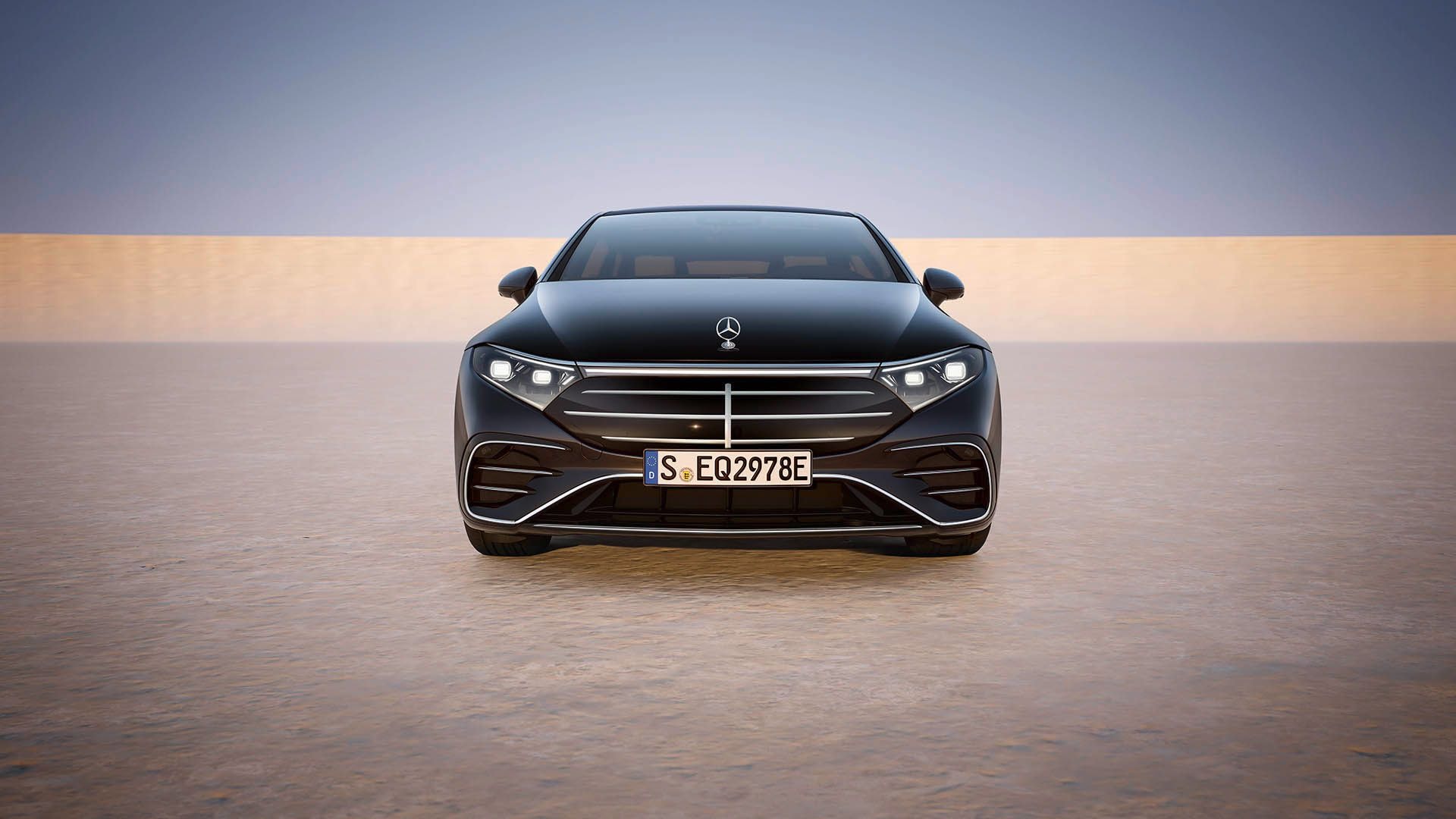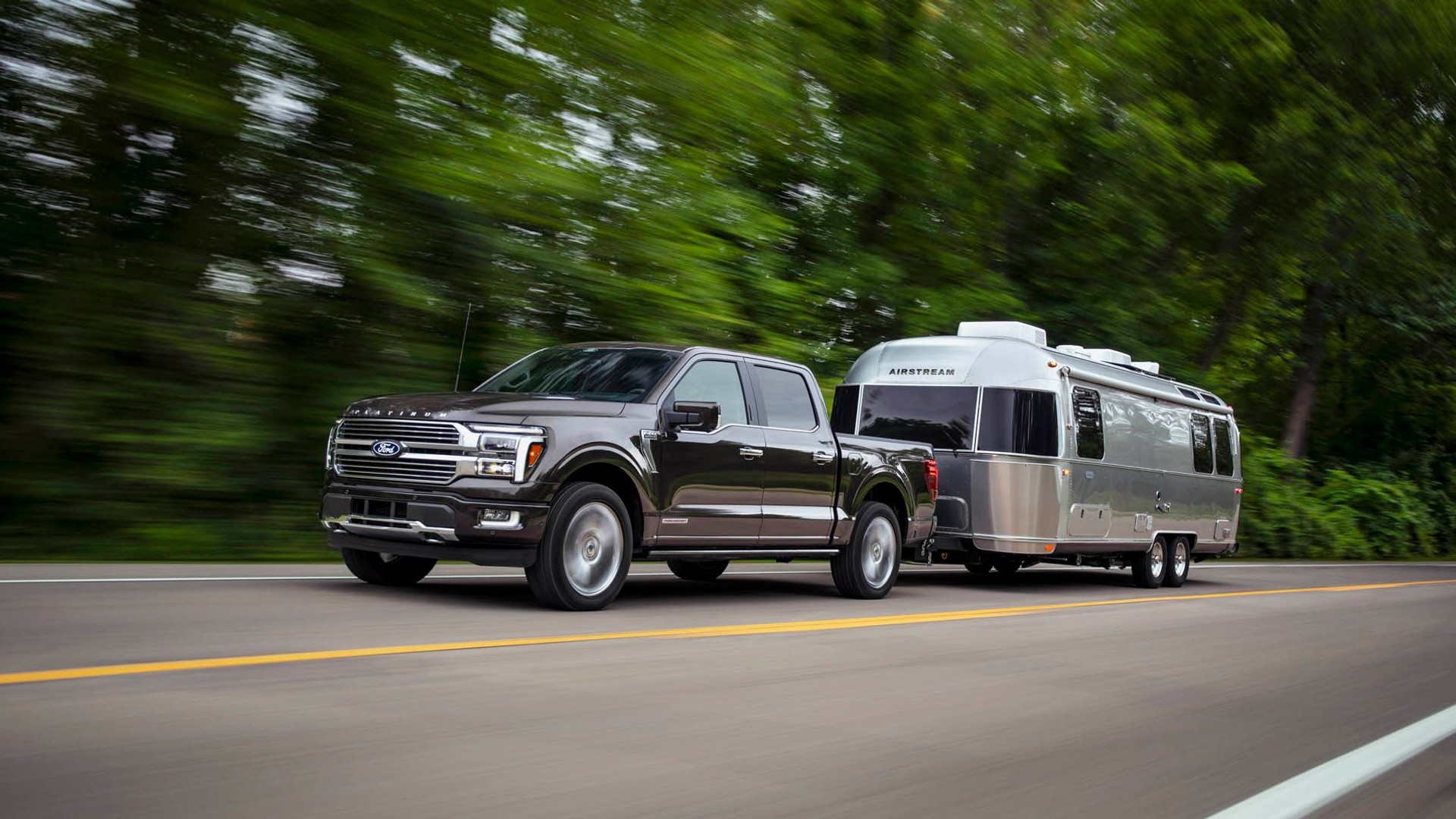For Fisker Automotive, the last twelve months haven’t been exactly easy.
Beset by delays, recalls and even a legal case from an irate investor, Fisker hit a low point in February when it was forced to lay off workers after missing deadlines associated with much-needed U.S. Department of Energy low-interest advanced-technology vehicle manufacturing program loans.
Now, according to a local Delaware news site, Fisker has laid off another 12 workers at its Delaware factory, essentially pushing it into hibernation.
The factory, formerly owned by General Motors, had been earmarked for some time as being Fisker’s principal U.S. manufacturing facility.
But with uncertainty over its DoE loan, Fisker may be rethinking its plans.
Despite the apparent doom and gloom however, it’s important to note there are some similarities between Fisker and fellow electric automaker Tesla. And those similarities might just help save Fisker, with or without DoE loans.
Tesla has been there
2012 Fisker Karma outside Tesla Motors dealership during test drive, Los Angeles, Feb 2012
Shortly after the Tesla Roadster launched, Tesla suffered a period of extreme financial crisis. So much so, that Tesla CEO Elon Musk had to wire $3 million of his personal fortune to the company so it could make payroll.
It’s hardly unusual for a startup automaker to be low on funds at that point in its life. After all, developing a car is very expensive. After paying for development, testing and initial manufacture, startup automakers often struggle to keep things going until sales pick up.
In the case of Tesla, a much-needed investment from Daimler helped save the day. Only time will tell if Fisker is as lucky.
However, unlike the multitudes of electric automakers who have shut down shop or declared bankruptcy before bringing a car to market, it’s important to remember that Fisker has already launched its first car: the 2012 Karma Plug-in Hybrid. Reaching that milestone should not be ignored.
Niche, high-ticket product
Admittedly, like the original Tesla Roadster, the Fisker Karma is a premium, niche-market, high ticket item.
But if our limited conversations with Karma dealers are anything to go by, many Fisker customers are avid car collectors who want a fast, sexy car that is more economical to drive than their Aston Martin DB9 or Ferrari California.

Fisker Atlantic concept unveiling before New York Auto Show, April 2012
That too plays to Fisker’s advantage. By targeting premium, niche-market buyers, it is also providing itself with at least some buffer against the up and down movement of the regular car market.
Flexibility of production
With DoE loans uncertain, Fisker’s newly-appointed CEO Tom LaSorda has already hinted that production of the recently-unveiled Fisker Atlantic -- formerly known as “project Nina” -- might not take place at the Delaware facility.
Under the terms of DoE low-interest ATMP loans, recipients have to base manufacture in the U.S.
Without DoE loan money, that stipulation is no-longer valid.
Instead, LaSorda has implied, the company is open to bids and financial incentives to produce the mid-size sports sedan wherever it best benefits the company.
The Delaware factory in turn may be used to produce Fisker’s third electric car, which the company says is already in development.
Sales, sales, sales
For now then it seems Fisker is facing only one option: to continue manufacturing and selling its super-sexy Karma hybrid.
As long as customers are still willing to buy it, and Fisker can afford to continue production, the game isn’t over for the Californian automaker yet.
+++++++++++













